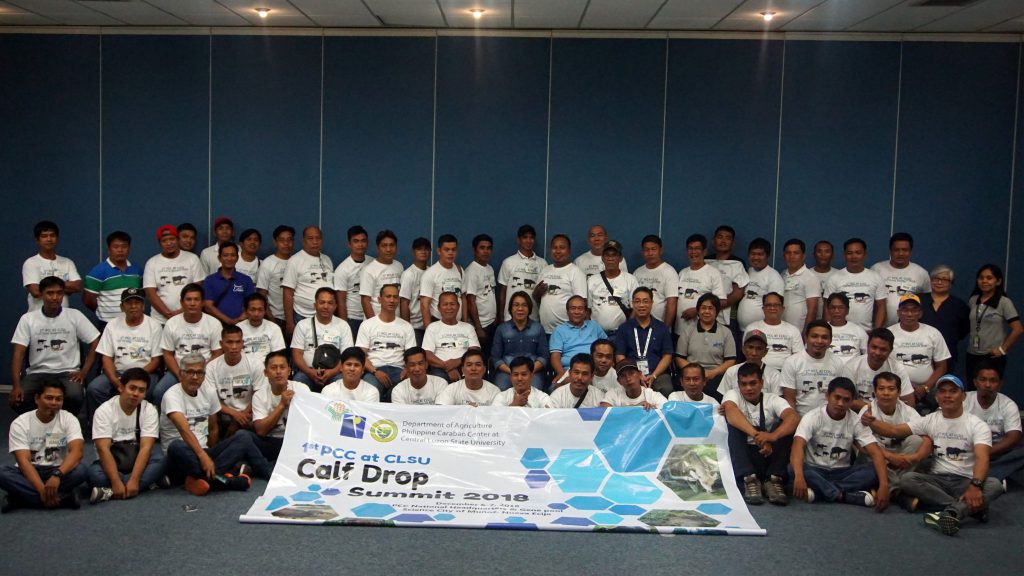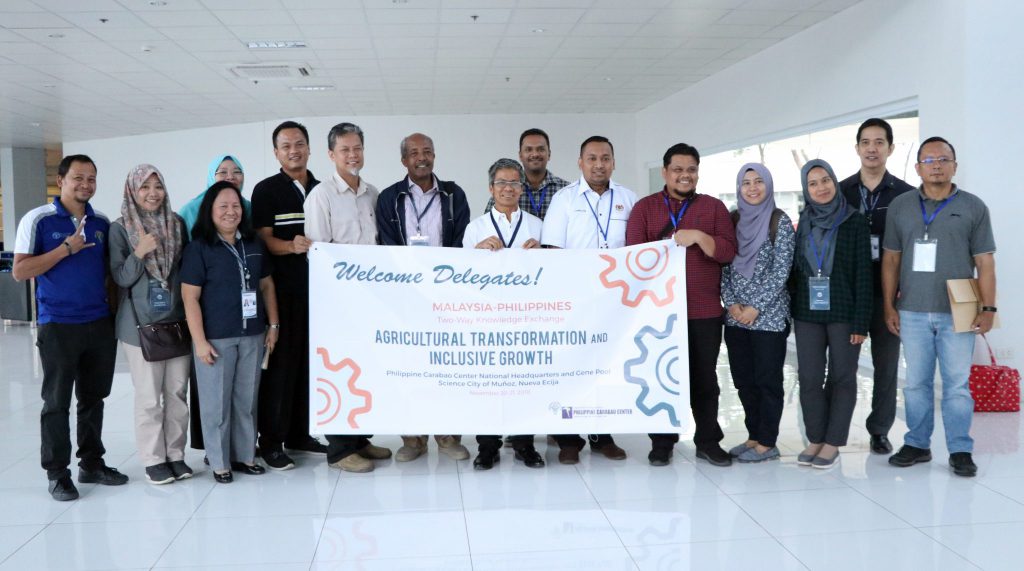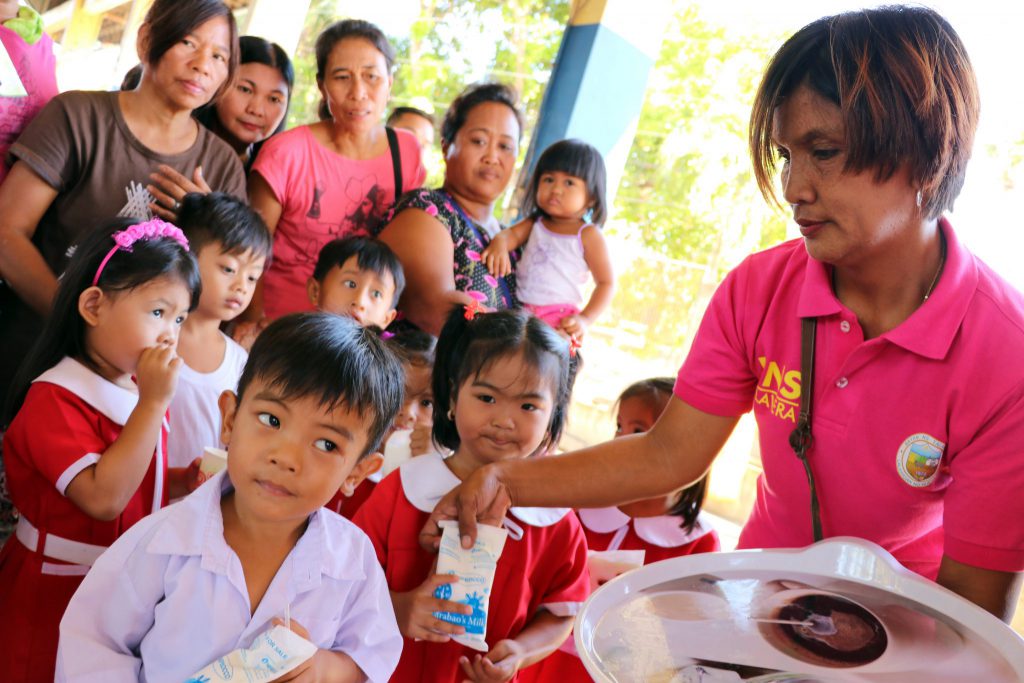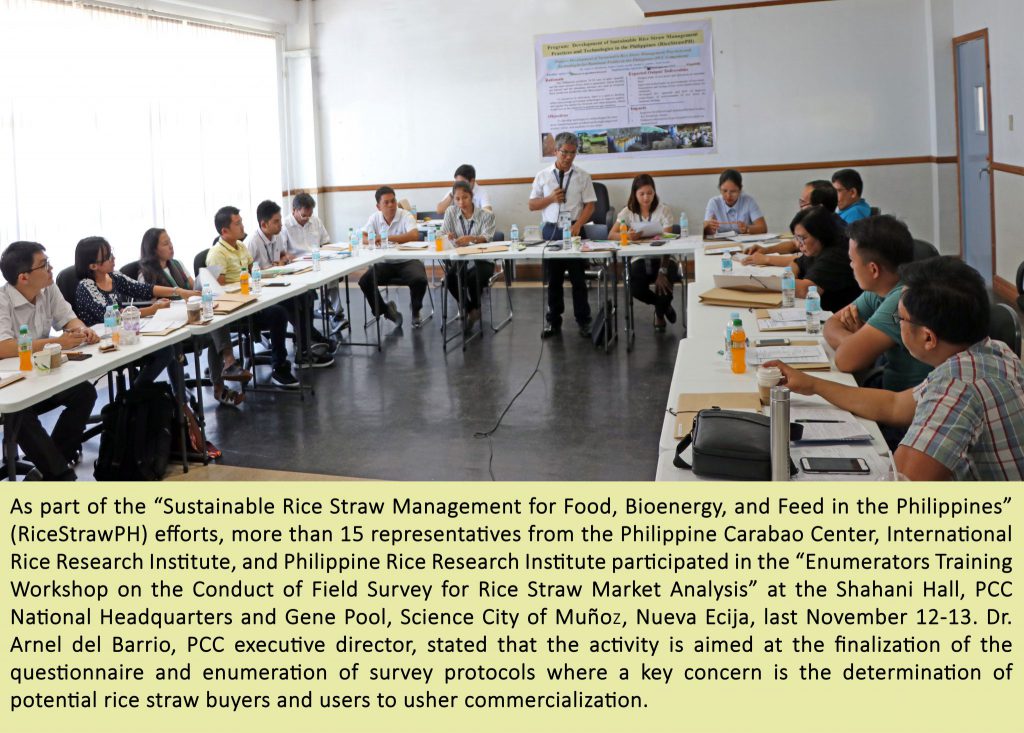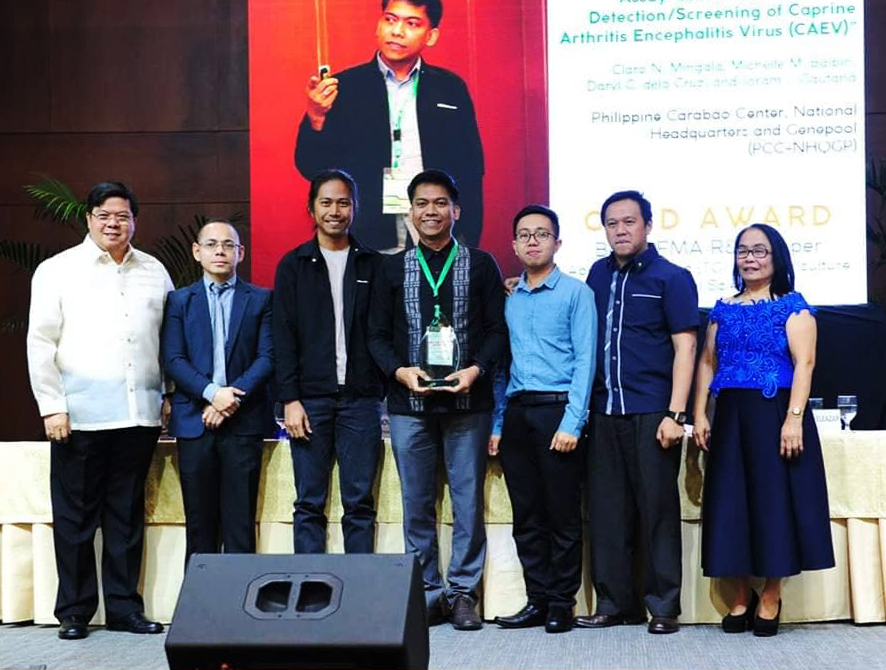More than 60 village-based artificial insemination technicians (VBAIT) and representatives from local government units (LGU) across Region III discussed the ways and means to further improve the efficiency of the AI and Bull Loan programs.
The strategies for the PCC-led programs were taken up during the 1st PCC at Central Luzon State University (CLSU) Calf Drop Summit held last December 6-7 at the PCC National Headquarters and Gene pool.
Recent data by PCC at CLSU showed that the AI and natural mating (via Bull Loan) efficiency rate are 46% and 58.13%, respectively.
These findings goaded Dr. Daniel Aquino, PCC at CLSU center director, to hold the summit and engaged those involved in the programs to discuss strategies to ensure the birth of more calves, which is the primary aim of the two programs.
In relation to this, Hernando Venturina, Genetic Improvement Program coordinator, urged the participants to regularly monitor their progress of work. According to him, this attitude can lead to a possible means of increasing the number of calves as it would pave the way to the identification of problems that may arise as regards conduct of their services.
Dr. Aquino noted the number of AI services had decreased by more than 10,000 in the last six years. The highest recorded AI services was about 81,000 in 2012.
According to Dr. Apolinario Salazar Jr., Bull Loan coordinator, a total of 637 bulls was loaned out by PCC at CLSU. He said that based on the performance of the bulls from 2011 to 2017, a total of 3,263 services by the bulls were recorded that resulted in the production of 1,399 calves.
In 2018, he added, the latest record showed 388 services were performed by the loaned out bulls with 214 calves’ produced.
Top officials of PCC also imparted important messages in the event. They included PCC National AI Coordinator Peregrino Duran and PCC Socio Economic Policy Research Head Ma. Theresa Sawit. Some provincial AI coordinators and PCC staff members of PCC at CLSU also participated in the discussions.
AI is one of PCC’s frontline services aided by relevant training of technicians from different villages, LGU, Department of Agriculture-Regional Field Offices and PCC regional centers. It is a reproductive tool utilized to cross the swamp-type carabaos with purebred dairy buffaloes.
In the Bull Loan Program, purebred dairy-type bulls are lent to select farmers for use in natural mating in areas where AI services are not available.

